5. JFK (1991)
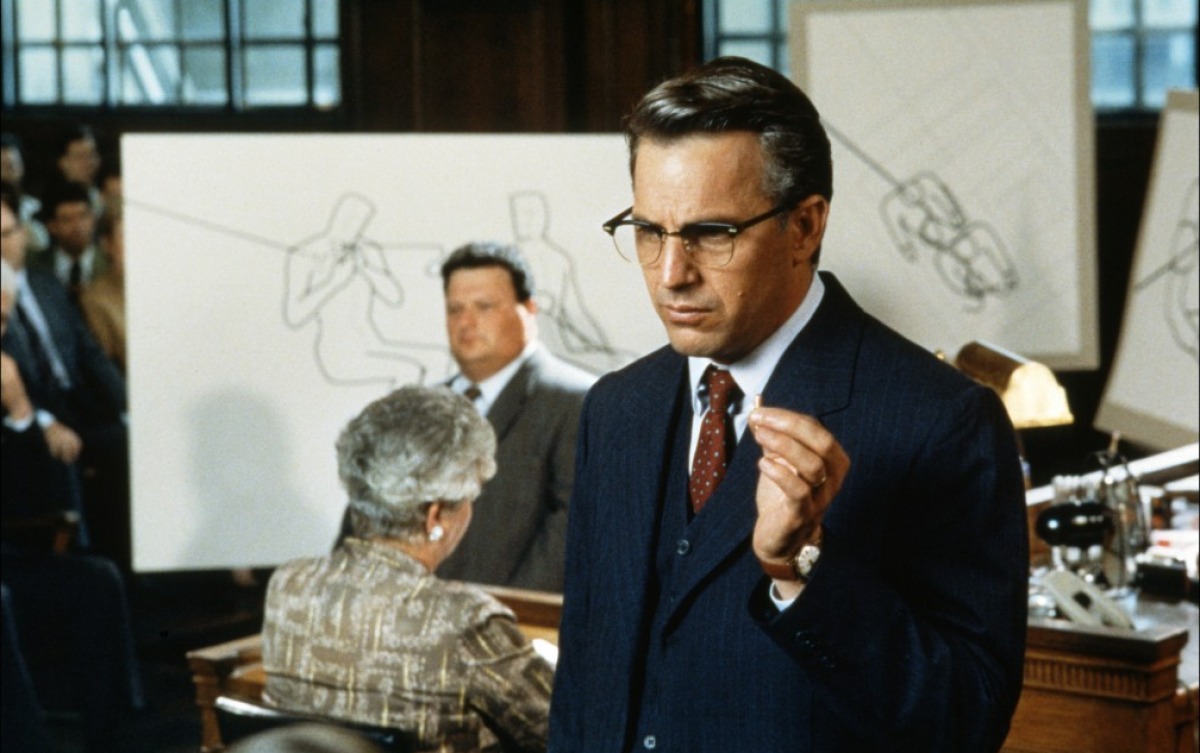
The Individual: Jim Garrison, the District Attorney of New Orleans and his team.
The System: Practically every government organization like the CIA and the FBI who are presumed to be involved in a convoluted conspiracy of the murder of President John F Kennedy.
The Clash: In one way you can imagine Jim Garrison as the director Oliver Stone who so confidently expresses his opinion about the conspiracy. Garrison abandons the investigation and does not care to dig deep into the case after his obvious suspect David Ferrie is let scot-free by the FBI under the pretext that he was not involved and after Lee Harvey Oswald, the alleged murderer, is killed by Jack Ruby.
There seems to be a kind of inquisitiveness and stress on truth in both the protagonist and the director. This is evident when after being pretty much dormant for three years, he starts to spot inconsistencies in the Warren Commission. Not taking the statement of the accused, no lawyers etc all these are pretty trivial mistakes in investigations and can be easily spotted. And yet no one pointed it out.
Challenging the political scenario and powerful establishments like the FBI and CIA has its consequences vis-à-vis threats to his family and defamation by the media. This also strained his relationship with his wife. Stone received much flak for his theories which were considered to be outrageous at that time. But just like Garrison he remained unfazed. Alas, there are no happy endings in this story. Neither does Garrison receive any support for his claims.
But what he succeeds in doing is to stay resolute and instill in every American citizen a sense of responsibility of their power and their right to know the truth. When he addresses the jury and in turn stares directly into the camera for a few seconds he addresses every audience member to look beyond the façade. No matter whichever claim you believe in, Stone presents his theories so convincingly that you can’t help take it as the final word.
4. Serpico (1973)
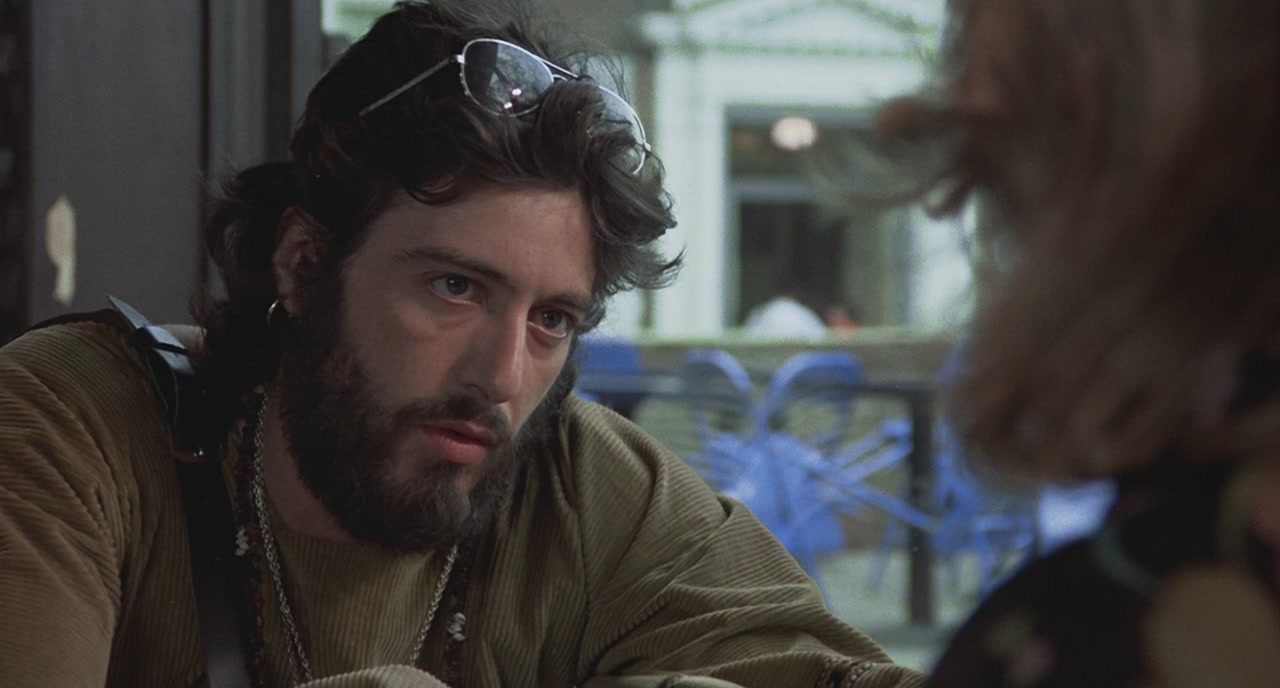
The Individual: Frank Serpico, the patrolman turned plainclothes-man who exposed the deep-rooted corruption in the New York Police Department during the early 1970’s
The System: The police department itself. But more importantly his peers and co-workers.
The Clash: Right from the start we notice two things about Serpico. One is his ambition to become a respected and efficient cop which is seen when he is viewing the ‘Patrolman of the Month’ frame. The second and the most important being his honesty that makes him question the corruption of the same patrolman he admired. In the story he is labelled as an outcast for his honesty, that is, for not indulging in torture or taking bribes.
Even visually, he is separated from the crowd of uniformed policemen while he has long hair, dense beard and hippie-looking clothing style in various precincts. As a righteous cop, he tries to expose the corruption time after time but with zero results. When he finally gets the opportunity to do so he is threatened by his very own peers. Not just that, even the officers helping him try to dilute down the matter in order to protect the image of the department.
All of this takes a toll on him. His frustration remains at an all-time high and as a result his relationship with his girlfriend becomes strained and eventually called off. After so many deliberations, when finally things are going his way, he is shot in the face during a drug bust.
Consequently, he receives several honours including a gold detective badge for his bravery. Surprisingly, he refuses it for he is completely dissatisfied with the department and resigns. While an investigative body is assigned to look into the corruption, Serpico is already disgruntled with the system.
It’s a daunting task for any person to take in such mental strain and the results are evident when he breaks down after he receives the gold badge from that very department whose integrity he questioned.
3. Ek Doctor Ki Maut (Death Of A Doctor) (1990)
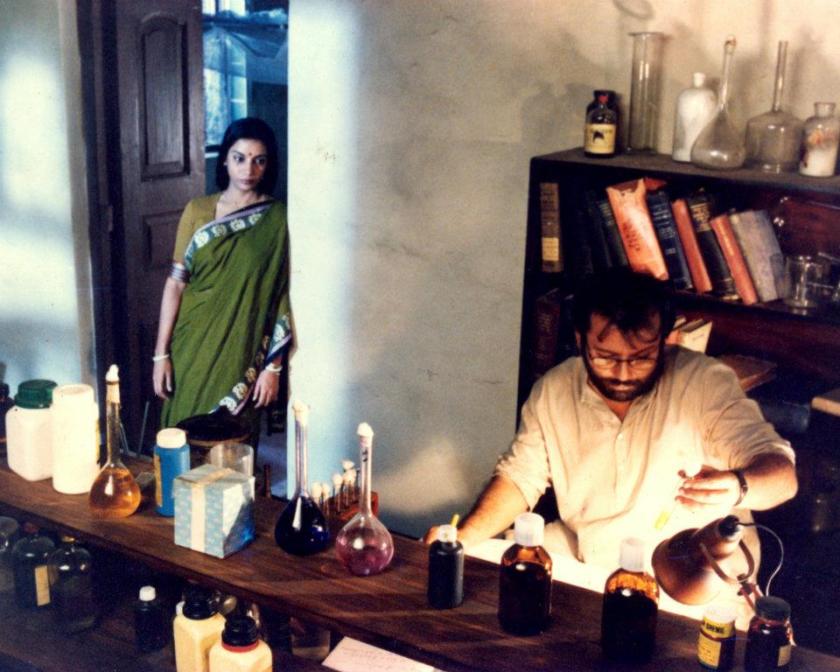
The Individual: Dr Dipankar Roy supported by the eminent microbiologist Dr Kundu, his wife Seema and the science journalist Amulya.
The System: The Health Department of the Government of West Bengal and a few popular doctors.
The Clash: This film is inspired by the actual events of the time when an Indian physician Dr Subhash Mukhopadhyay pioneered the in vitro fertilization treatment. While his work was stalled by the government, Dr Robert Edwards succeeded in the treatment and received worldwide acclaim for it.
The film basically plays out in the same way, only the in vitro fertilization is replaced by a vaccine for leprosy. A lot of time is devoted to giving us an introduction to Dr Roy’s experiments which he has been working on for 10 long years at the cost of his relationships with people around most importantly his wife.
The scene where he is giving a lecture about his methods and is subsequently insulted by those very young doctors who invited him, makes you stand in his shoes and actually experience his helplessness and anger.
What is more disheartening to see is that here is a man who wants to make the world a better place by curing a deadly disease but is continuously harassed by the health department. All because of a sense of ego in the higher medical officials that how can a mere doctor in a government hospital invent something revolutionary.
This coupled with the jealousy of other popular doctors like the gynaecologist and even his own friend Dr Arijit makes him finally surrender infront of their inefficient bureaucracy. The price – two other American scientists discover the vaccine and receive recognition from the research field.
Dr Roy’s aim always had been to eradicate any disease that mankind is suffering from and so his efforts don’t go in vain as the British Institute invites him to assist them in further experiments. But what’s sad is that his very own country couldn’t support him. Contrary to the relatively upbeat ending of the film, in reality Dr Subhash committed suicide after the treatment was discovered and recognized somewhere else.
2. Brazil (1985)
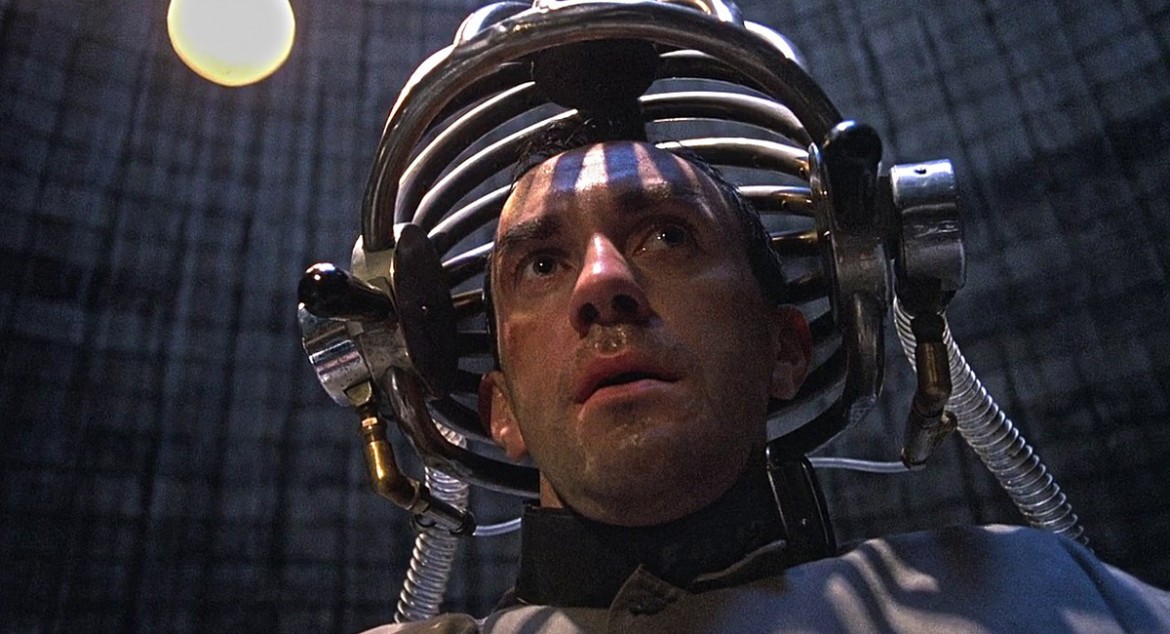
The Individual: Sam Lowry, a government employee at Information Records. The other being the woman of his dreams, Jill Layton.
The System: Literally the entire establishment of the bureaucracy including the endless list of departments like Central Services, Information Retrieval and so on.
The Clash: At first, Sam is just like any other employee, following a mundane routine, being just another clog in machine and clearly stating that he is no ambitions and not even dreams. And then we cut to him literally in his dream flying among clouds in his superhero-esque costume. His purpose being to save the damsel in distress from monsters and weird creatures. This is his only escapism from the mind-numbing daily activities.
Before meeting Jill, he is oblivious to the casualities of the terrorist attacks around and goes along with the theory of extremists. Only after he meets her, he finds some kind of purpose in his life. Jill on the other hand like any responsible citizen wants to notify the system of the Tuttle-Buttle error.
Unfortunately, the system won’t accept their flaws and rather label her as a terrorist giving it a political angle. She and the comical Harry Tuttle who freelances because he is sick of the paperwork of the Ministry spark a transformation in Sam to become free and subvert this convoluted and rigid system. But even with a comedic rendition of the Orwellian universe, Gilliam never neglects the totalitarian aspect of the system where everyone passes the blame to another and no one takes accountability for it.
The nightmarish tone of the dystopia is evident when we are shocked with the twist that the convenient ‘happy ending’ is nothing but just another one of Sam’s dreams. He has zero idea that he is actually lobotomized and held by the system with his freedom destroyed and Jill probably dead. It is just the song ‘Brazil’ that he hums that echoed of the freedom he once enjoyed.
1. The Insider (1999)
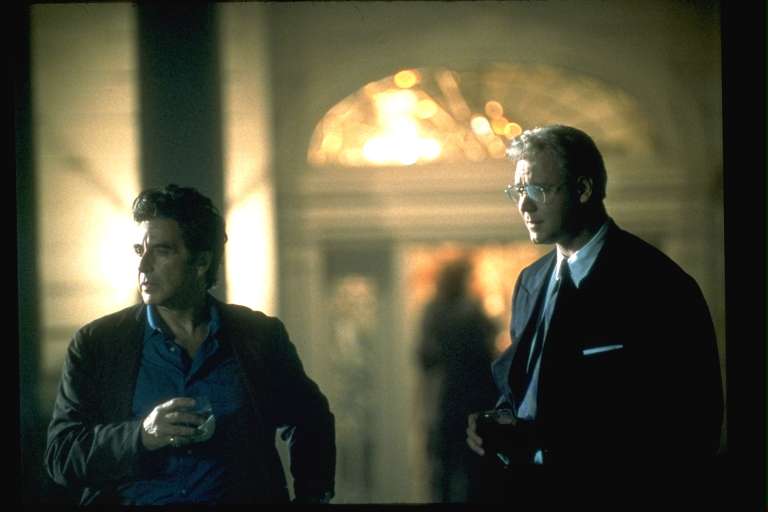
The Individual: Here there are two individuals. One is former research head of Williamson and Brown, Dr Jeffrey Wigand whose family comprises of his wife and his two little girls. The other is 60 Minutes producer Lowell Bergman.
The System: The foremost system here is the gigantic and powerful tobacco company Williamson and Brown. The other also significant CBS News Corporate which has 60 Minutes under its wing.
The Clash: The story of whistleblowers is perfect fodder for the ‘Individual vs System’ theme. Jeffrey is a man of science meaning he supports the use of science for the benefit of people. He knows that the tobacco company where he worked manipulated their products which in turn seriously harmed its very own consumers. However, he had signed a confidentiality agreement stating that he would not reveal the process of manufacture at the company.
This is where the character’s inner conflict is established. Bergman who wants to air his story supports him in resolving his conflict by going on record for people to hear the truth. But the cost of such bravery is the threat to his family’s well-being, his eventual divorce and even public tarnishing of his image by the company in order to discredit him. The company adds more roadblocks as they manage to get hold of CBS too and threaten to charge them with a multi-billion-dollar lawsuit if they aired the interview.
Here is where Bergman rallies against the CBS to get the truth out in the open which the second half of the film is mostly about. When all looks bleak with CBS not airing it, there is one scene where an angry and defeated Jeffrey continuously tells Bergman the words ‘I told the truth’.
This perfectly captures the essence of the story where our characters did something right and yet faced the brunt for doing so. In the end the story finally made it out in the open and was labelled as one of the biggest frauds in American history.